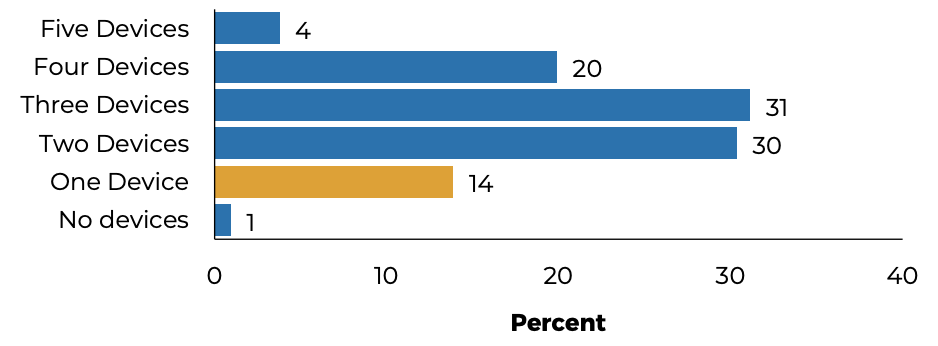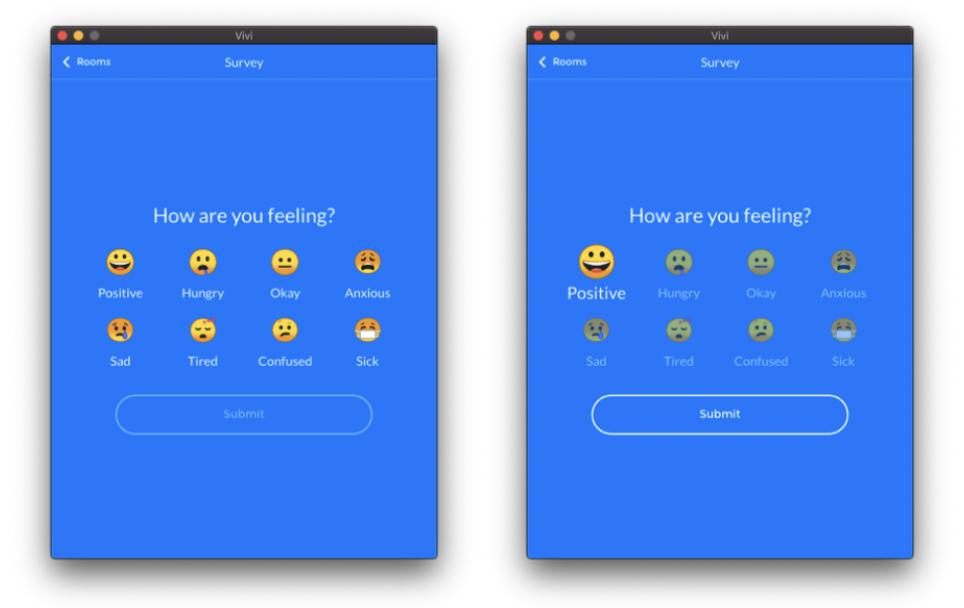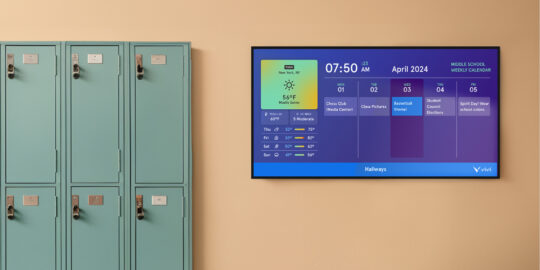Using technology is essential for the 21st century student. However, the discrepancy of students’ access to technology outside the classroom remains disproportionate.
Factors may include socio-economic status, ethnicity, geographic location and aptitude. During scenarios of prolonged remote learning, the discrepancy of technology access will be even more prevalent.
A research paper, titled The Digital Divide and Education Equity ‘says this “divide”—the gap between people who have sufficient knowledge of and access to technology and those who do not—can perpetuate and even worsen socioeconomic and other disparities for already underserved groups.’
The digital divide is a global issue. For context, a Pew Research piece says around 15 percent of households with school-age children in the US do not have adequate internet connection.
ACT Research & Center for Equity in Learning surveyed a random sample of students, who were asked about their access to, and use of technology for educational purposes (e.g., smartphones, laptop computers, tablet computers) and the results can be seen in the table below.
Figure 1. Number of devices students have access to at home

Image courtesy of The Digital Divide & Education Equity 2018
85 percent of the students who had access to only one device were classified as ‘underserved,’ and that device was most commonly a cell phone.
According to the aforementioned Pew Research, ‘35% of teens say they often or sometimes have to do their homework on their cell phone. Although it is not uncommon for young people in all circumstances to complete assignments in this way, it is especially prevalent among lower-income teens.’
A Politico article discusses how one school in New York ‘sent home a paper survey Friday for parents to assess their technological access and received 114 responses — 92 percent have smartphones and 94 percent have internet access, but only 58 percent have computers and laptops.’
This can obviously create challenges when students are expected to watch a video or download large files.
Additionally, students can run into problems when trying to use video conferencing technology like Zoom and Skype.
So, how can students with limited technology access at home remain engaged and receive the same education as their peers? By simplifying the type(s) of technology required to study.
At Vivi, we’re developing a remote learning tool that students can access via their smartphone. No additional hardware or infrastructure is needed, and the solution is free for schools and students to access.
The remote learning tool will also address another challenge; a lack of structure and lesson plan simplicity. Remote learning students are currently receiving an abundance of information from teachers across a vast range of subjects. Math teachers, english teachers and science teachers are all sending their instructions to students at the same time, causing them to be overwhelmed.
Our tool will enable teachers to schedule lessons for students throughout the day with easy-to-follow lesson plans.
For example, if a math teacher schedules activities to be completed from 9:30am to 10:15am, that block is no longer available to teachers from other subjects. Once all teachers enter their lessons into the Vivi App, students will open their app and see a clear set of instructions within a manageable schedule.
If the student is not logged into the App, they will be presented with the login process and then directed straight to the poll. If a student doesn’t have the Vivi App, they will be directed to install it, here.
Teachers will be able to monitor a student’s engagement with lesson content by accessing tracking metrics in our cloud-based admin platform; Vivi Central. The remote learning tool will also include a virtual student wellbeing solution called How R U?.
With our new ‘How R U?’ feature, schools can check on the wellbeing of all students via a simple emoji-based survey. Responses are quickly gathered and stored in Vivi Central to be tracked at a macro school level or explored at an individual student level.

Schools have been implementing educational equity programs for a long time. But the digital divide at home has caused some to struggle with the move to temporary remote learning.



